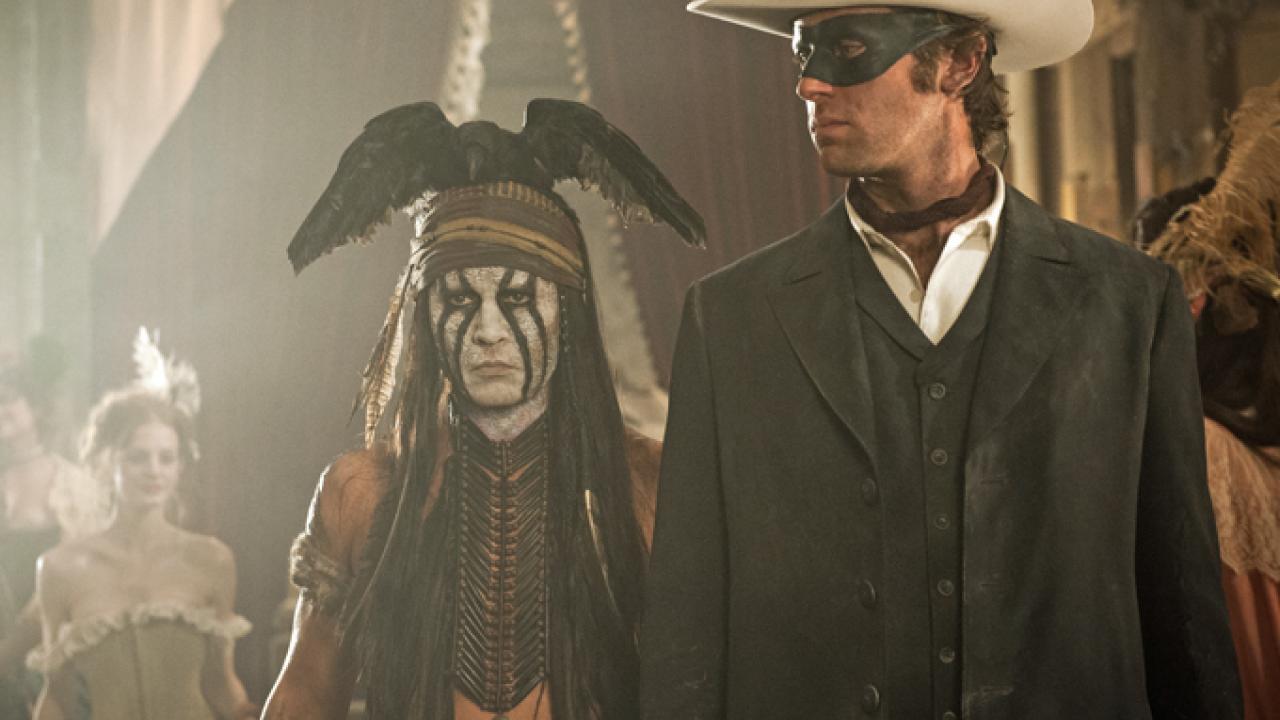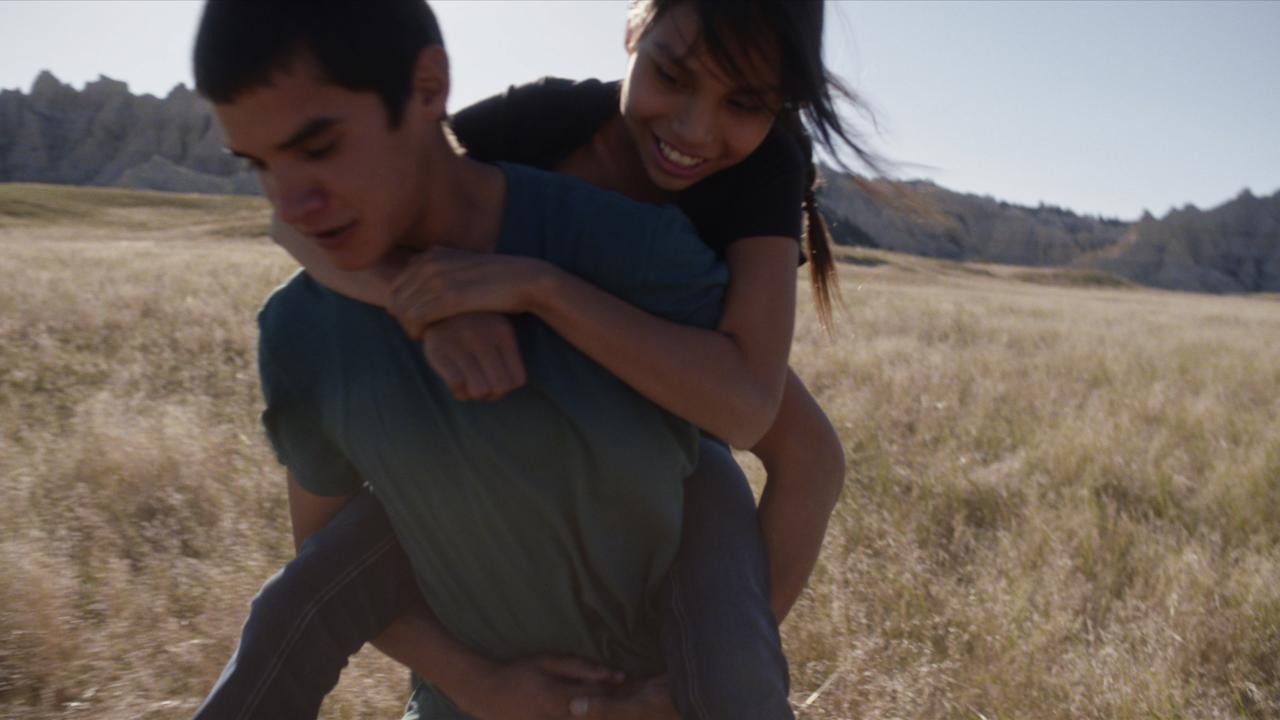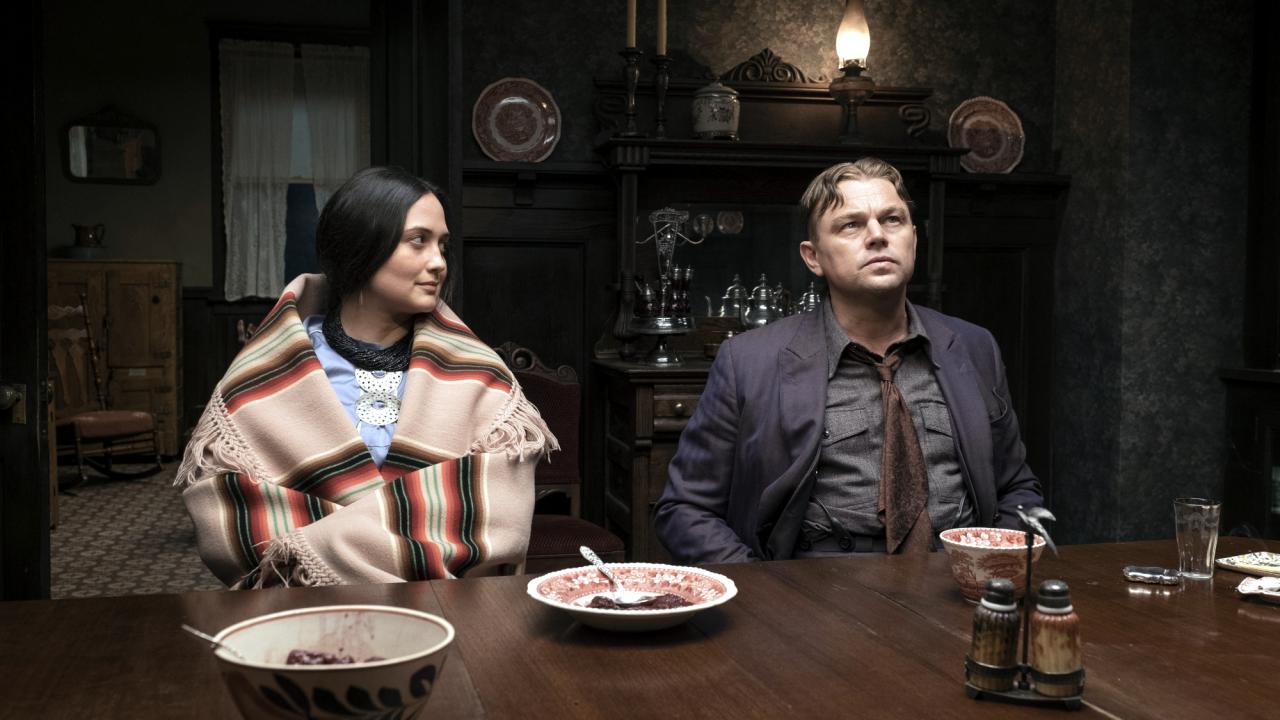Kategorie: Background
"Noble Savages" and "Savage Beasts"
The Portrayal of Native Americans in Western Movies
Western films depict the indigenous population of North America from the perspective of the colonialists. The stereotypical portrayals that characterized the genre had a lasting effect on how Native Americans were perceived.

Before their land was grabbed by European settlers, the indigenous population of North America comprised numerous ethnicities. Languages and cultures were as diverse as political and economic systems. And the almost countless names of the indigenous communities indicate that there was little sense of collective awareness between the different ethnic groups. The colonialist, meanwhile, seldom or never made this distinction. A sense of cultural superiority coupled with economic and political interests on the part of the Europeans resulted in the racist practice of treating them all like one single mass, expressed in a single epithet for all indigenous peoples, "Indians".
Today, more culturally sensitive terms such as "Native Americans" are common. However, this designation is only accepted by parts of North America’s indigenous peoples – there is still no general consensus on what words to use. Awareness and knowledge of the diversity of indigenous cultures have also grown. At the same time, many designations connected with the expression "Indian" remain commonplace. For example, the folkloristic cliché of the savage, fearless horse-back tribes on the prairie, who live in teepees and wear headdresses made of feathers, remains stubbornly widespread. Cinema and, especially, the Zum Inhalt: Western genre, had a decisive role to play in that.
The Colonialist Perspective of the Western
The word "Western" is enough to expose the colonialist perspective of the genre: It charts the progress of the pioneers who saw the territories of the indigenous population as a land of endless promise – a wilderness that was there to be tamed and civilized. The role of the indigenous peoples is inscribed into this viewpoint. They embody the savage that stands in the way of progress.
Our focus topic addresses this problematic perspective of the Western movie on the indigenous population. The essay "Native Americans in Western Movies" demonstrates how, from the word ‘go’, cinema adopted and elaborated on the stereotypes of the "wild, bloodthirsty warrior" and the "noble savage". The specific cliché adopted by a movie depends in no small part on the historical and social context in which the film was made. Classic Westerns such as Zum Filmarchiv: "Stagecoach" (John Ford, USA 1939) present Native Americans as extremely threatening. In contrast, later Westerns tended to idealize. This applies, for example, to Zum Filmarchiv: "Dances with Wolves" (USA 1990). Nevertheless, Kevin Costner‘s epic Western, to which we are dedicating a film review to mark thirty years since its release, represented an important new departure for the genre, through its obvious interest in indigenous culture and language alone.
Nonetheless, the Western is by no means a purely American phenomenon. In the 1960s and 1970s, German cinema went through a veritable wave of westerns. In West Germany, the escapist adaptations of Karl May’s novels about the fictitious Apache chief Winnetou stylized him as a virtuous hero. For its part, East Germany countered with the "DEFA Indian Films", in which Native American culture was appropriated to serve socialist ideology. In his essay, "Winnetou and his Red Brothers: German 'Indian Films' in West and East", the film scholar Dr. Henning Engelke explores this phenomenon.
Regardless of the viewpoint and context in which Western films were made, what they do have in common is that for decades, Native Americans were given hardly any opportunities to portray and express themselves. It is only in recent decades that this seems to be changing: after cinema began to take a more critical approach to the destruction of indigenous ways of life, from the 1950s on, in recent years the number of indigenous actors and directors has been rising too. This is one of the topics on which we focus in our interview with Dr. Kerstin Knopf, Professor of Postcolonial Literary and Cultural Studies at the University of Bremen.
More recent blockbusters such as "The Lone Ranger" (Gore Verbinski, USA 2013), or independent productions like Kelly Reichardt’s "Meek's Cutoff" (USA 2010) prove that the Western is alive and well and, especially in terms of how it portrays Native Americans, continuing to evolve. Addressing this genre becomes all the more interesting, as it provides the opportunity to question culturally ingrained perspectives and our own stereotypical perceptions – and promote intercultural understanding and knowledge.

